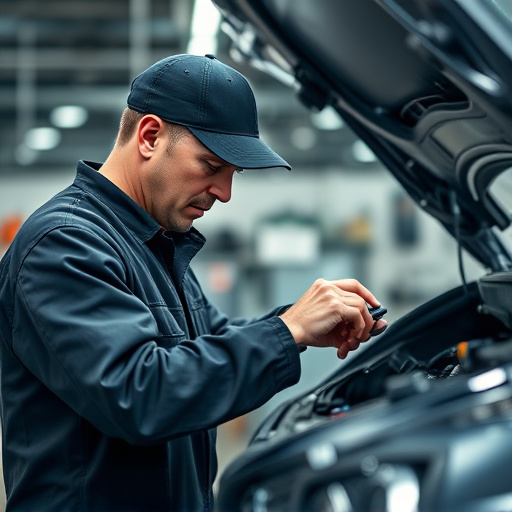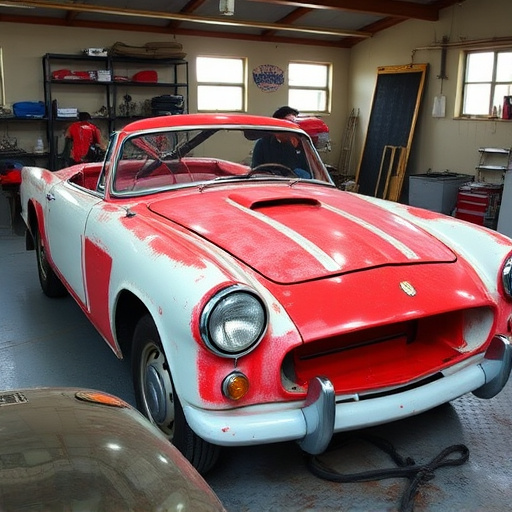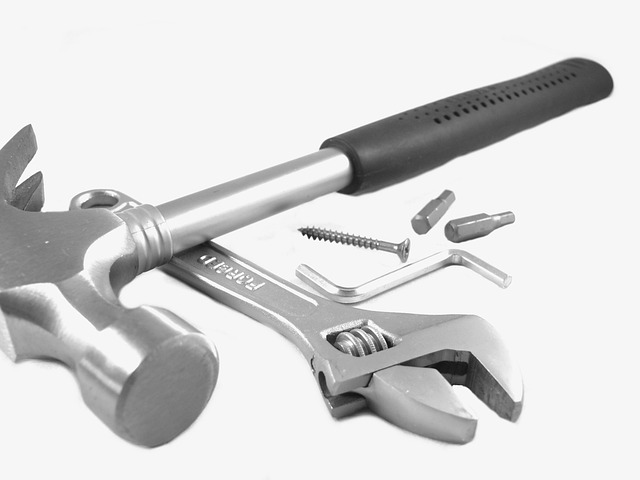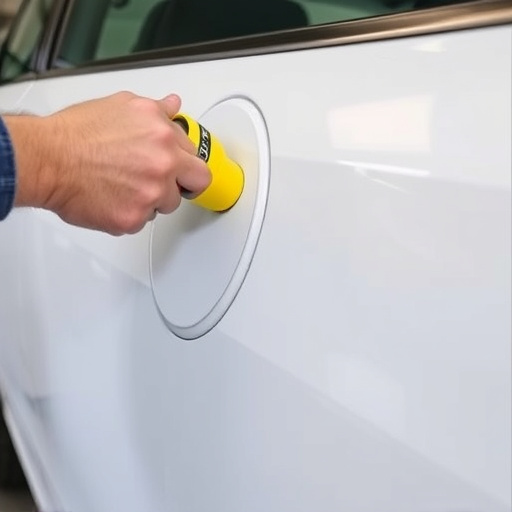Spot welding systems are essential in modern manufacturing, especially for automotive and collision repair, using concentrated energy beams to create strong metal bonds. Automation and robotics are driving future advancements, enhancing precision, speed, and flexibility. Advanced tools, sensors, and software integration ensure consistent welds, improve productivity, reduce waste, and guarantee high-quality outcomes, making these systems indispensable in the automotive trade.
Spot welding systems are essential for efficient and precise metal fabrication. This article delves into the next steps of evolution in spot welding technology, exploring its core functions and advancements in automation through robotic integration. We’ll also highlight tools that optimize performance, making spot welding processes more efficient and cost-effective. Understanding these developments is crucial for manufacturers aiming to stay ahead in today’s competitive landscape.
- Understanding Core Functions of Spot Welding Systems
- Advancing Automation: Robotic Integration in Spot Welding
- Optimizing Performance: Tools for Efficient Spot Welding Processes
Understanding Core Functions of Spot Welding Systems
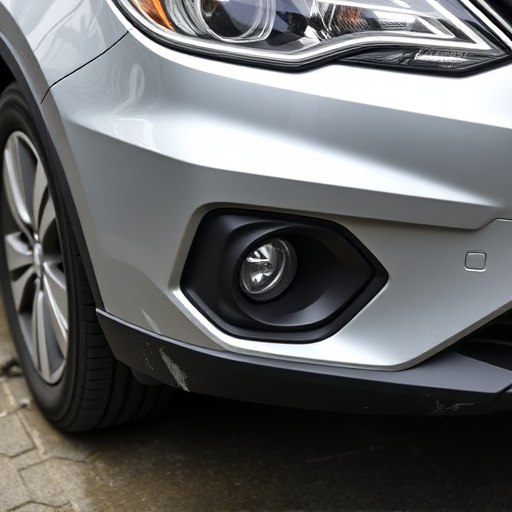
Spot welding systems are integral to modern manufacturing, particularly in the automotive industry for tasks like automotive body work and vehicle collision repair. Understanding their core functions is essential when considering their role in dent removal processes. These systems use concentrated energy beams, typically lasers or high-intensity spot lights, to melt and fuse metal together. This precise and controlled melting allows for strong, permanent bonds between metal sheets, which is crucial for structural integrity in vehicles and other products.
The versatility of spot welding systems extends beyond initial assembly lines. They are also invaluable tools for repair and restoration, such as dent removal in vehicle collision scenarios. By targeting specific areas with controlled heat input, these systems can melt away damaged or deformed metal, allowing for precise reshaping and restructuring. This ensures that repairs are not just superficial but structurally sound, maintaining the overall quality and safety of the vehicle post-collision.
Advancing Automation: Robotic Integration in Spot Welding
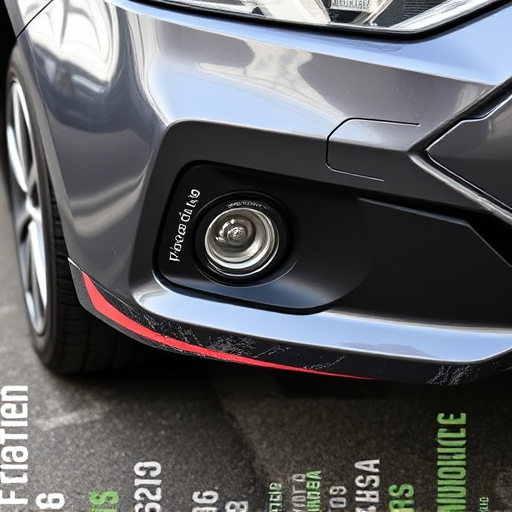
The future of spot welding systems is brightly shaped by automation and robotics. As technology advances, robotic integration in spot welding is becoming increasingly prevalent across various industries, including automotive repair services and collision repair services. This shift towards automation offers several benefits for manufacturers and body shop services alike.
Robotic arms equipped with advanced sensors can perform spot welding tasks with unprecedented precision and speed. They can work tirelessly without fatigue, ensuring consistent quality and efficiency in every weld. Moreover, robotic integration allows for greater flexibility in production lines, enabling faster reconfiguration to meet changing demand or design specifications. This level of automation streamlines processes, reduces human error, and ultimately contributes to more effective and cost-efficient body shop services.
Optimizing Performance: Tools for Efficient Spot Welding Processes
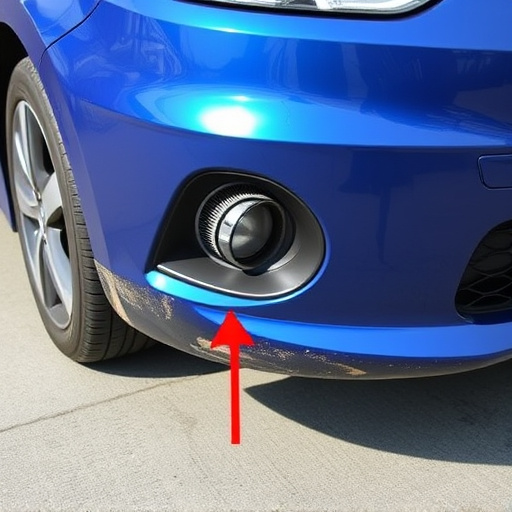
In the realm of spot welding systems, optimizing performance is key to enhancing efficiency and quality in various industries, particularly automotive repair services and bodywork repairs. Advanced tools and techniques play a pivotal role in this process. By employing sophisticated sensors and precision controls, modern spot welding systems ensure consistent weld strength and accuracy. These innovations enable technicians to achieve seamless joints, minimizing material waste and maximizing productivity in both automotive restoration and routine maintenance.
Moreover, the integration of smart software allows for real-time monitoring and adjustment, catering to the unique demands of different materials and projects. This level of customization not only streamlines processes but also guarantees high-quality outcomes in autobody repairs. Ultimately, these optimizations contribute to a more robust and reliable spot welding system, making it an indispensable asset in any automotive-focused trade.
Spot welding systems are continually evolving, offering advanced automation through robotic integration and optimized performance tools. By understanding these core functions, we can harness their potential to streamline production processes, enhance efficiency, and drive innovation in manufacturing. As technology advances, the next steps for spot welding systems promise even greater precision, speed, and versatility, setting new standards for industry benchmarks.
